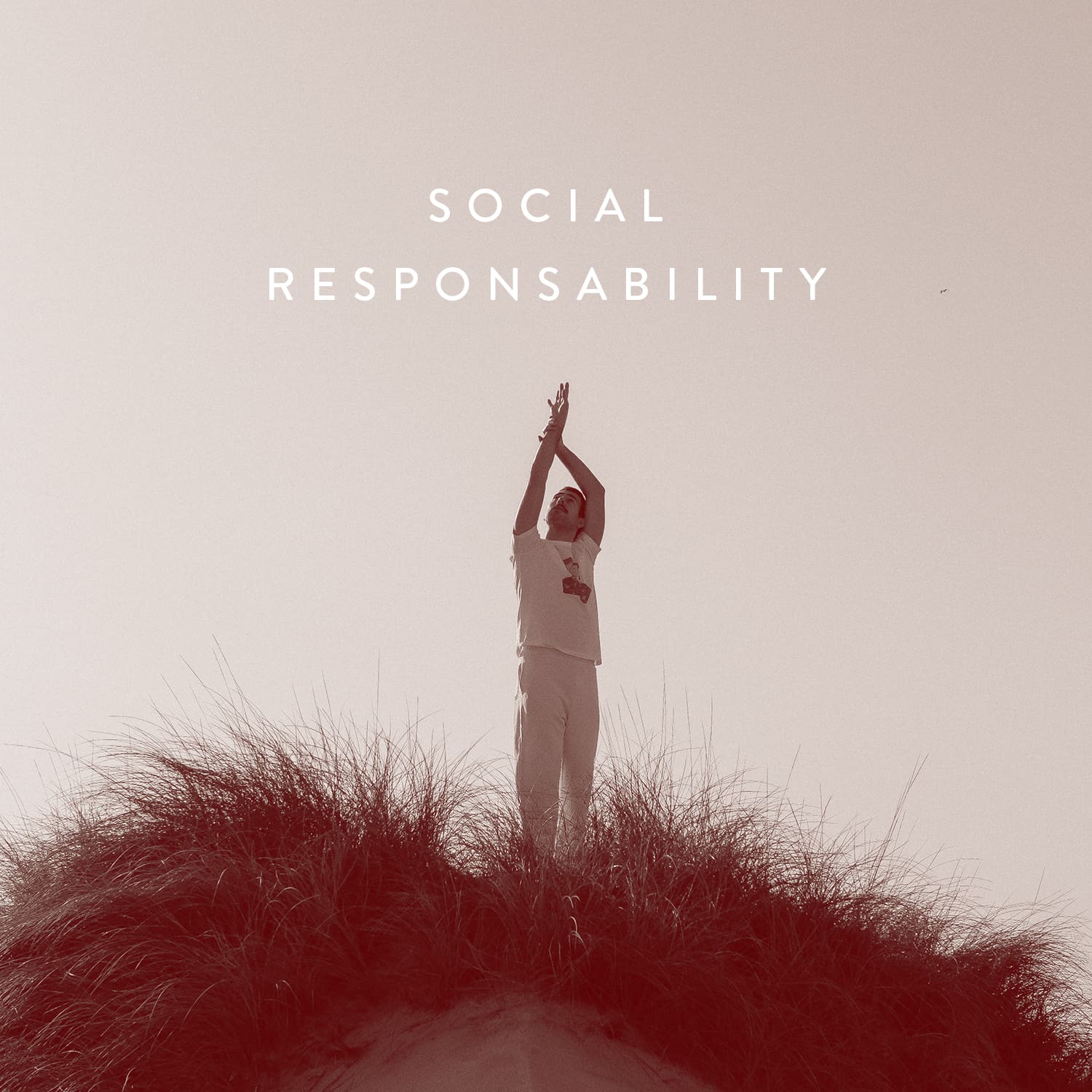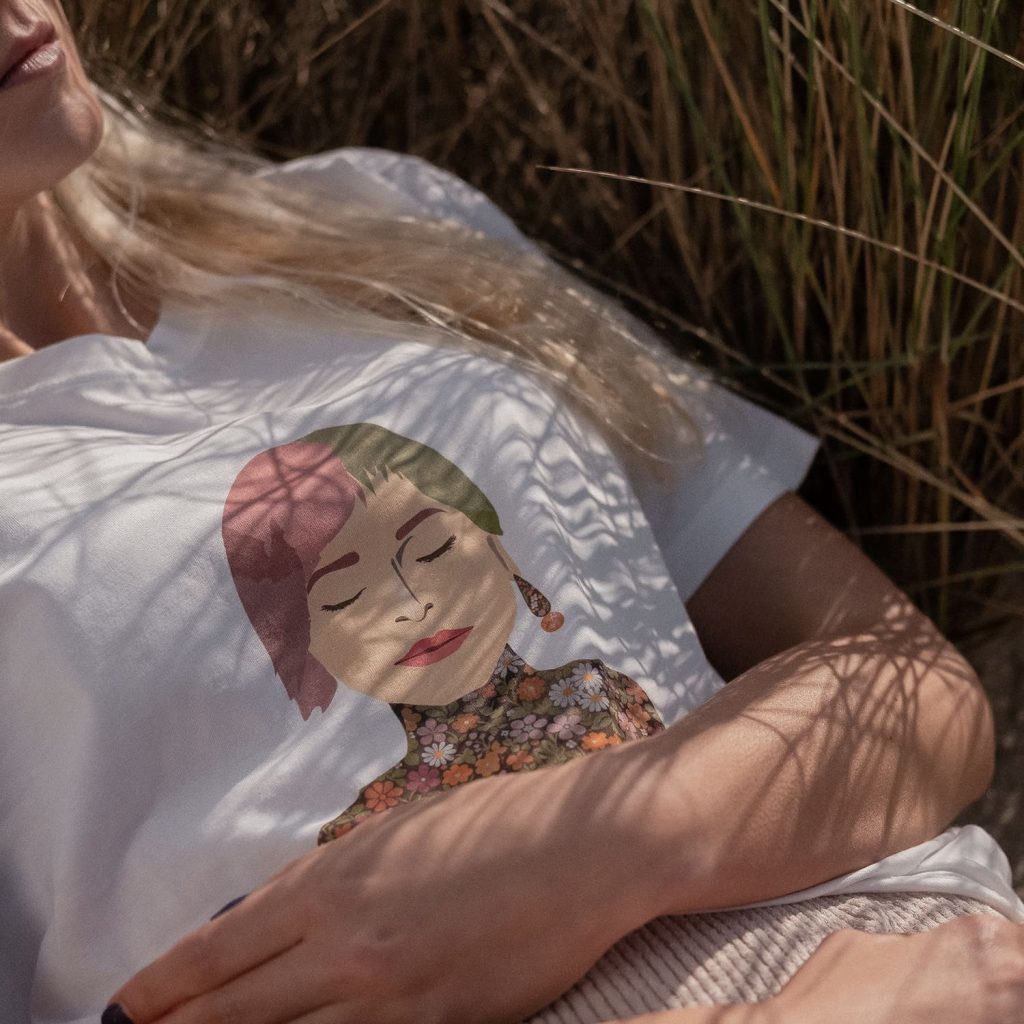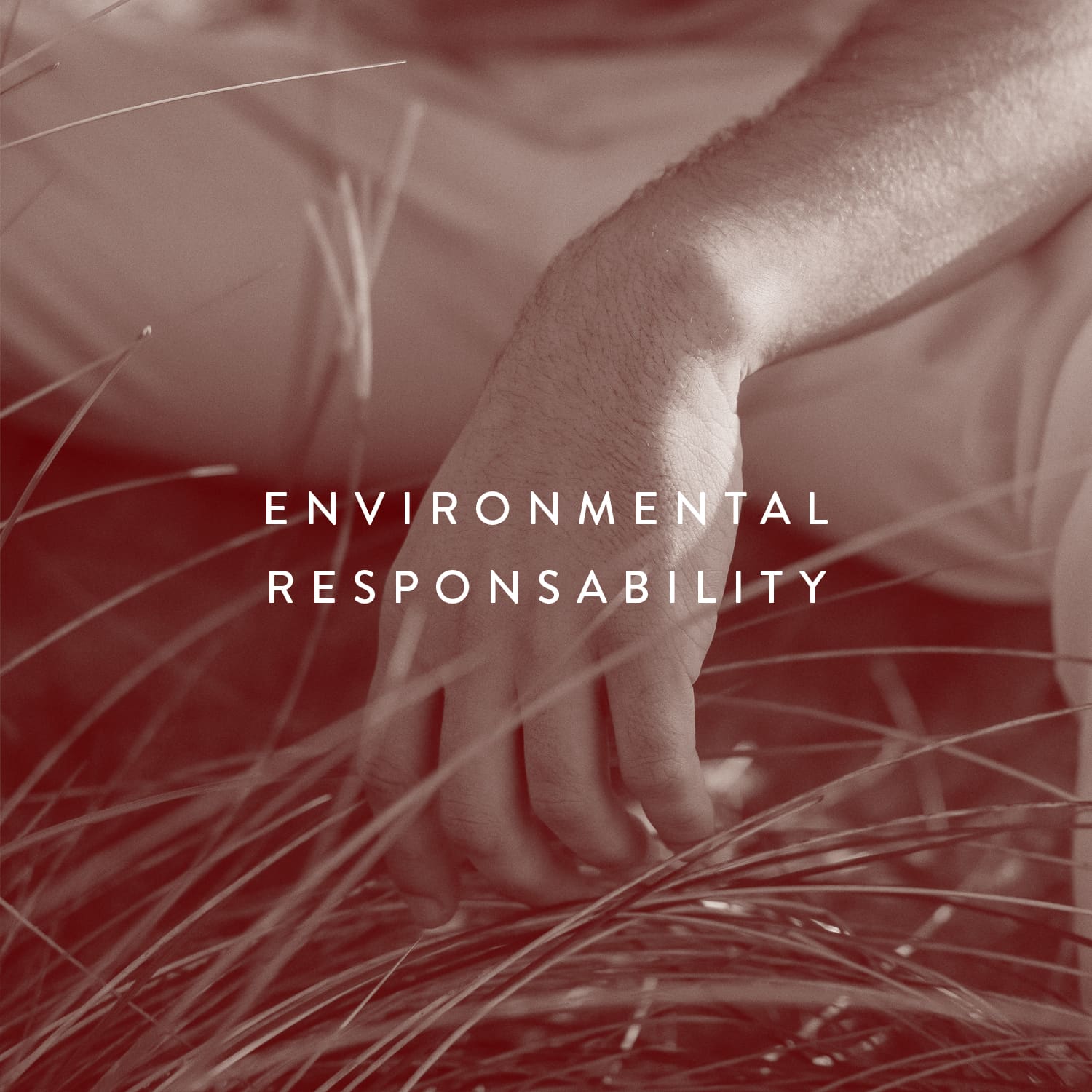
RESPONSiBILITY

Our Impact
The idea behind Humano was very clear from the beginning: to create a brand that celebrates the wonderful complexities of human beings. We truly believe that listening and making an effort to understand each other are key components for a more connected and better world. These are the fundamental ideas of Humano.
We felt it would then be hypocritical to create a business where the profit results from the harm of people and the environment. The fashion industry is an extremely complex one: for a piece of clothing to get to your hands, it has to go through a variety of manufacturing processes as it passes through the supply-chain. As a young company just starting out, we can’t control every single detail of production, but we’re committed to getting a little better everyday.
Why be a part of it?
This is a question that we have constantly confronted ourselves with while building Humano, and it’s fair that you ask the same too: why be a part of such a problematic industry? The truth is, to build a long-term sustainable business, we need to make a profit, and we do that by encouraging the consumption of our products. This, inevitably, produces a negative environmental impact. We believe that being aware of the pressing issues facing our planet, its inhabitants and having the desire to change it is exactly the reason why we should be a part of it. Our goal is not just to mitigate any negative impact, but to use the business as an agent of positive change. We’re far from where we want to be right now, but we will keep moving towards our goals, with your support, bit by bit. We’re in the pursuit of doing good; better.


There’s an ongoing conversation that needs to happen.
The fashion industry is beginning to go through a massive transformation and we want to be part of that. For us to evolve, we can’t just stay still and wait for things to change. We need to be proactive in the search for more responsible solutions.
For this to happen, it’s fundamental that we have an open, ongoing conversation between all of us, and we would kindly request your involvement. We don’t know all the answers and we will surely make some mistakes, but we are driven by an immense curiosity and passion for learning. More than anything, we want to learn how to do things better, and we want you to be part of that journey. Ask us questions, or give us suggestions. We can’t promise we will be able to change everything at once, but we can guarantee we will always be open to listen.
